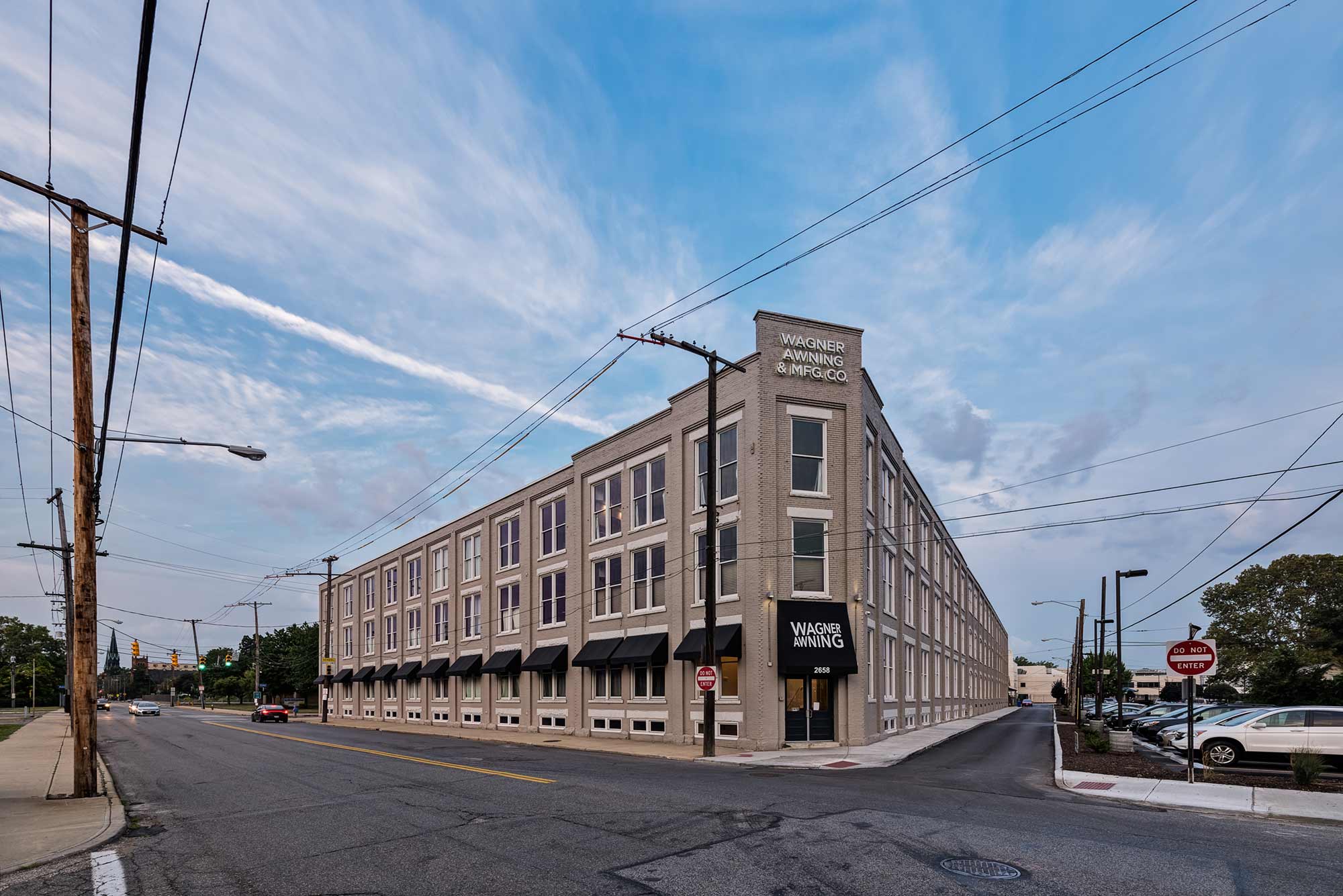NOVOGRADAC: “Implementing Green Building Practices with Historic Preservation Requires Complicated Balance”
An enduring challenge with historic tax credit-financed (HTC-financed) properties is a high-wire act of balancing green building practices with opportunities to restore, preserve, reconstruct and rehabilitate existing structures, writes Nick Decicco for NOVOGRADAC's Journal of Tax Credits.
Though difficult, such challenges can also present opportunities for creative solutions.
Case in point: When Ohio's Sustainable Community Associates (SCA) set out to convert the Ohio Awning & Manufacturing Company building in Cleveland into housing, it found new insulation for the roof from an unlikely source—a mall that was being demolished.

SCA's Ben Ezinga, one of its three co-founders, said they were able to repurpose polyisocyanurate insulation, which does not biodegrade, and put 15 truckloads to use in what's now the Wagner Awning Building apartments. The insulation has a high R-value, which is the scale used to determine the efficiency of the product to retain heat.
"If you throw that stuff out, it sits in a landfill forever," Ezinga said. "The cool part is if you can find an old mall from the '80s that is being demolished at the right time, there's acres, usually, of insulation board."
Such solutions are necessary when working in a realm of community development that, insofar as green energy endeavors are concerned, is in persistent tug of war between striving for contemporary efforts toward energy efficiency while preserving and maintaining what people treasure about historic structures.
